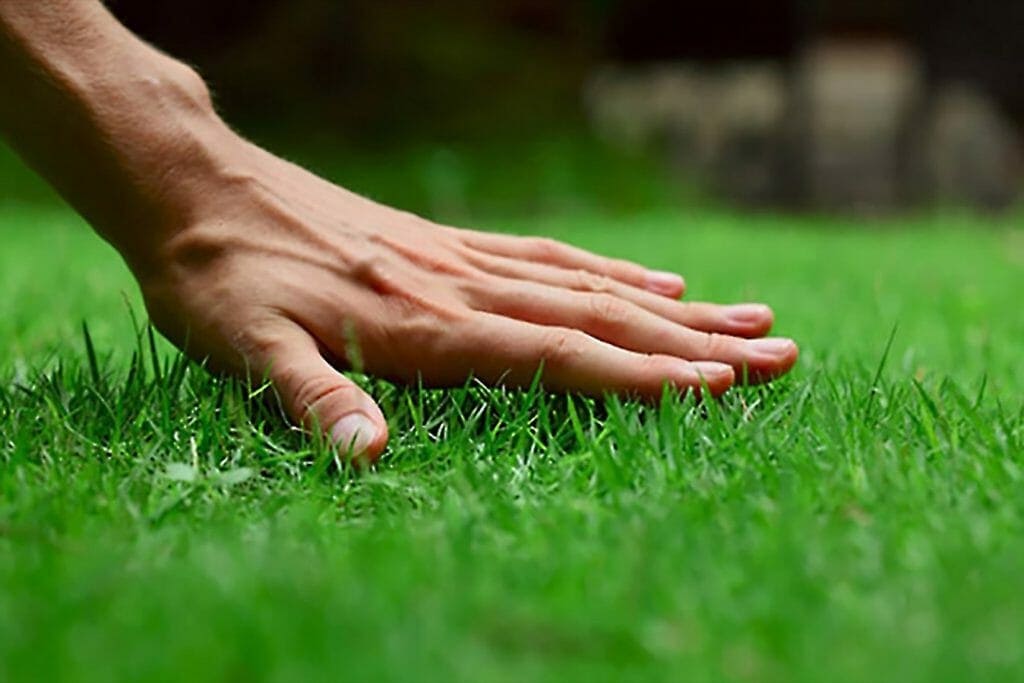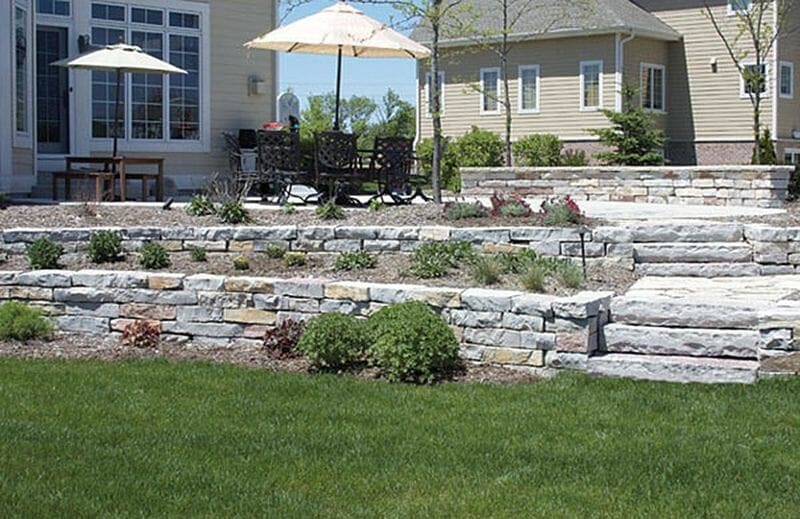Rooftop landscaping can provide a host of benefits, from reducing the Urban Heat Island effect to increasing energy efficiency and improving air quality. However, there are also a few challenges that need to be considered before undertaking such a project. One of the most important considerations is the weight of the materials to be used. Soil and plants can add a significant amount of weight to a roof, so it is important to make sure that the structure can support the additional load. In addition, rooftop landscaping can be expensive, and some special expertise may be required to successfully install and maintain the plants. Despite these challenges, however, the benefits of rooftop landscaping make it an attractive option for those looking to green their cityscape.
The Highs & Lows Of Rooftop Landscaping Projects
For decades, big cities worldwide have implemented initiatives to increase the amount of green space within their concrete-laden streets. And the reasoning makes perfect sense: Living trees, plants, and flower and vegetable gardens add a sense of vibrancy and warmth to cold, urban environments—their healing and rejuvenating qualities can highly benefit city dwellers—while also reducing greenhouse gas emissions and purifying the smoggy air found in densely populated areas.
Since available ground space to cultivate these green spaces is nearly impossible to come by in bustling cities, many commercial building owners have looked up an alternative solution. Once an underutilized piece of real estate, rooftops are now being used for community gardens, outdoor lounges, and verdant areas that tenants can escape to when they need a break from their stuffy offices or apartments—an especially important quality in the COVID era.
 This rooftop landscaping trend has even carried to privately owned residential properties in metro areas. Senior Landscape Architect Dan DeGrush of Lifescape Colorado—a landscape design, construction, and property care company based in Denver—says more homeowners are following in the footsteps of commercial buildings in downtown areas and converting their rooftops into green spaces to make the most of their property’s limited square footage.
This rooftop landscaping trend has even carried to privately owned residential properties in metro areas. Senior Landscape Architect Dan DeGrush of Lifescape Colorado—a landscape design, construction, and property care company based in Denver—says more homeowners are following in the footsteps of commercial buildings in downtown areas and converting their rooftops into green spaces to make the most of their property’s limited square footage.
“We’ve seen some rooftop gardens outside the city, but by and large, they’re in the metro areas where space is at a premium,” he says. “As Denver grows at a rapid pace, there is less room for development. Yard sizes are decreasing, so creating an outdoor living space on a rooftop makes great use of the otherwise overlooked real estate.”
But what exactly goes into creating these outdoor oases? The process may be more expensive and time-consuming than your client expects, and green-space maintenance on a rooftop is not always easy. Here are the high points and low points of designing, installing, and maintaining a rooftop landscape, as well as what to know before you start.
Benefits Of Lofty Projects
Selling clients in these spaces isn’t difficult. For landscapers working in urban areas, designing a rooftop deck is a great way to create a direct connection to fresh air and sunshine for clients living within a limited footprint. One modern home built in Denver’s Washington Park neighborhood, pictured in these photos, is a prime example. A cramped lot caused the design and architecture team to develop a creative solution for indoor/outdoor accessibility—they created a rooftop deck with a dining area, fire pit lounge space, and plenty of greenery and potted plants selected and installed by Lifescape.
Stunning views can be achieved. One of the main reasons for creating an outdoor living space on the roof is to give the client a birds’-eye view of the cityscape or natural surroundings, DeGrush says. “In Denver, a rooftop is your [client’s] best bet when it comes to getting a prized view of the mountains.” Unlike ground-level outdoor spaces, the vantage point of a rooftop often reaps the rewards of uninterrupted vistas—without costly tree removal, excavation, and siting. As an added bonus, landscape plantings are safer from hungry ground-dwelling creatures like deer, rabbits, and certain insects.
 Defined “rooms” are nearly inherent: Depending on where neighboring homes are situated, creating an outdoor living area on a rooftop has the potential to be more private than ground-level alfresco spaces. Plus, creating distance from the car and foot traffic at street level often means a quieter, more secluded environment. This allows more easily available design opportunities to create the sort of defined outdoor “rooms” clients often desire. At the right, folding accordion glass doors (shown open here) and an uninterrupted line of planters create flexible “room” definitions. Open the doors to extend the indoor living room to the space defined by the planters or close them in cold weather to enjoy a view of the artistic arrangement.
Defined “rooms” are nearly inherent: Depending on where neighboring homes are situated, creating an outdoor living area on a rooftop has the potential to be more private than ground-level alfresco spaces. Plus, creating distance from the car and foot traffic at street level often means a quieter, more secluded environment. This allows more easily available design opportunities to create the sort of defined outdoor “rooms” clients often desire. At the right, folding accordion glass doors (shown open here) and an uninterrupted line of planters create flexible “room” definitions. Open the doors to extend the indoor living room to the space defined by the planters or close them in cold weather to enjoy a view of the artistic arrangement.
Words Of Caution
Rules & restrictions. Before you devise the blueprints for your client’s rooftop garden, it’s important to know whether or not the project is even feasible. Tricky municipal zoning and fire codes, HOAs, and the structural integrity of the roof all factor into what type, if any, green space can be added. DeGrush says completed rooftop gardens seldom match their initial design concepts due to building restrictions and engineering roadblocks, so be prepared to pivot.
Micro-climate awareness. Weather conditions tend to be more extreme on rooftops—especially those on top of buildings that are many stories tall. DeGrush explains that the microclimate of the rooftop could be much different than the macro climate. “For example, the macro climate in Denver could be 50˚ with 10 MPH winds, but on a rooftop, it may be 75˚ because the sun is reflected off windows and surrounding buildings are blocking wind.” Alternatively, it could be colder on a rooftop if it’s exposed to wind. Make sure to monitor the conditions before specifying plant varieties and placement.
DeGrush recommends these hardy plants as a good starting point for rooftop plantings:
- Sedum
- Ice plants
- Ornamental grasses
- Native lavender
- Pentstemon
- Potted annuals for a pop of color
Money misconceptions. A common misconception many homeowners have about rooftop green spaces is that they’re going to be less expensive than a traditional ground-level outdoor area. Depending on the size and scope of the rooftop landscaping project, they could be looking at costs greater than what they initially anticipated—especially if they want to incorporate a water feature, outdoor kitchen, or hardscaped elements like tile, stone, and raised beds. DeGrush says some rooftop landscaping projects can be around the same price per square foot as an interior space, so make sure the client is realistic about what they can afford.
Irrigation maintenance. Naturally one of the biggest differences between rooftop and ground-level green spaces is the lack of soil. Irrigation systems on the roof, if exposed, require much more attention and may even be unusable for months at a time during cold periods. And smaller amounts of soil mean less water retention. This means plants may need to be hand-watered by the client or put on a frequent maintenance schedule.
Sky-high logistics: Rooftop green spaces may look beautiful in the end, but the road to the finish line isn’t always easy for the contractor or the client. Carrying heavy stone, hardscape materials, and large potted plants onto a rooftop is much trickier than unloading a truck in a backyard. Installation might even require mobilizing a crane, reserving an elevator, or temporarily shutting down a street in order to safely deliver materials—all of which can be challenging for you and costly to the client.



